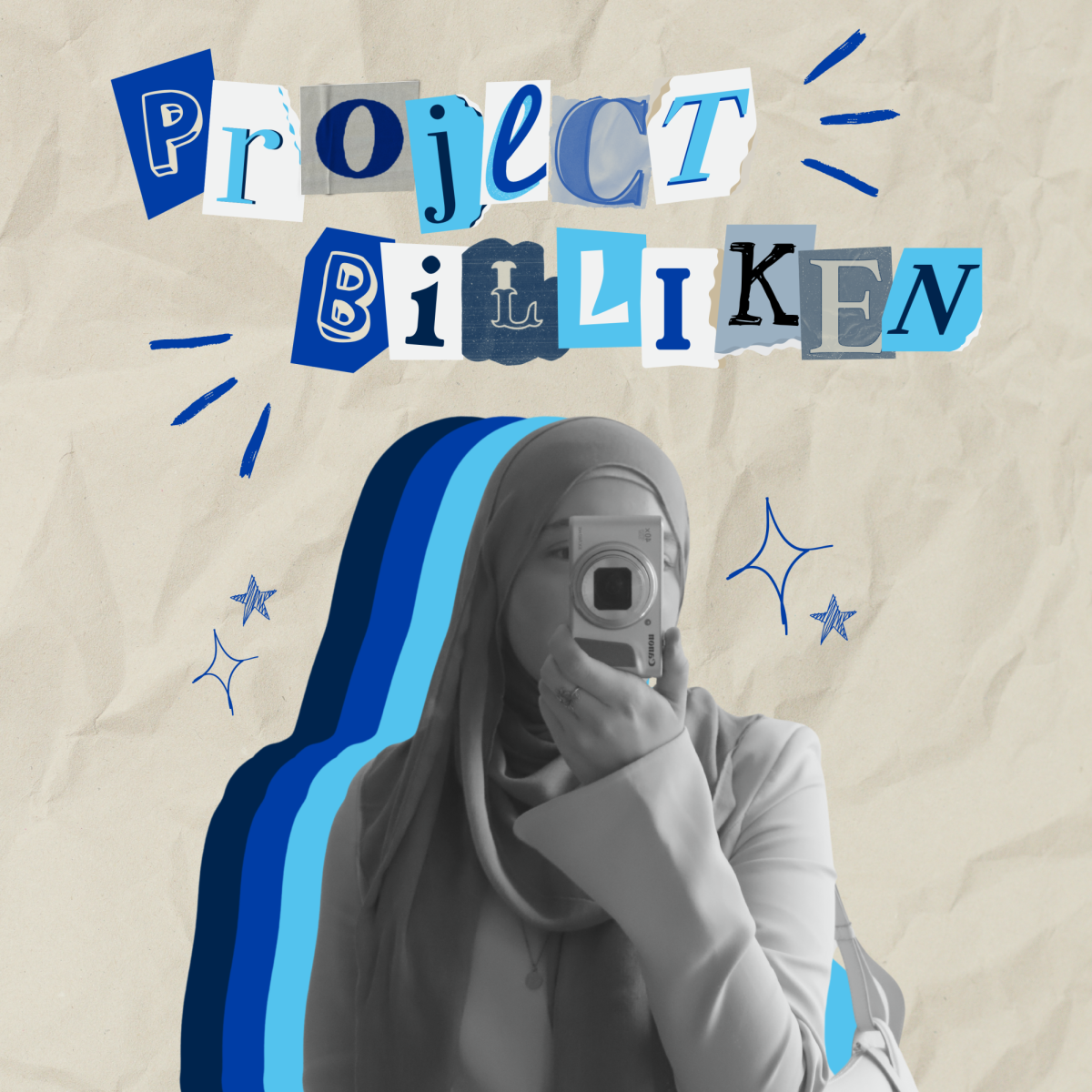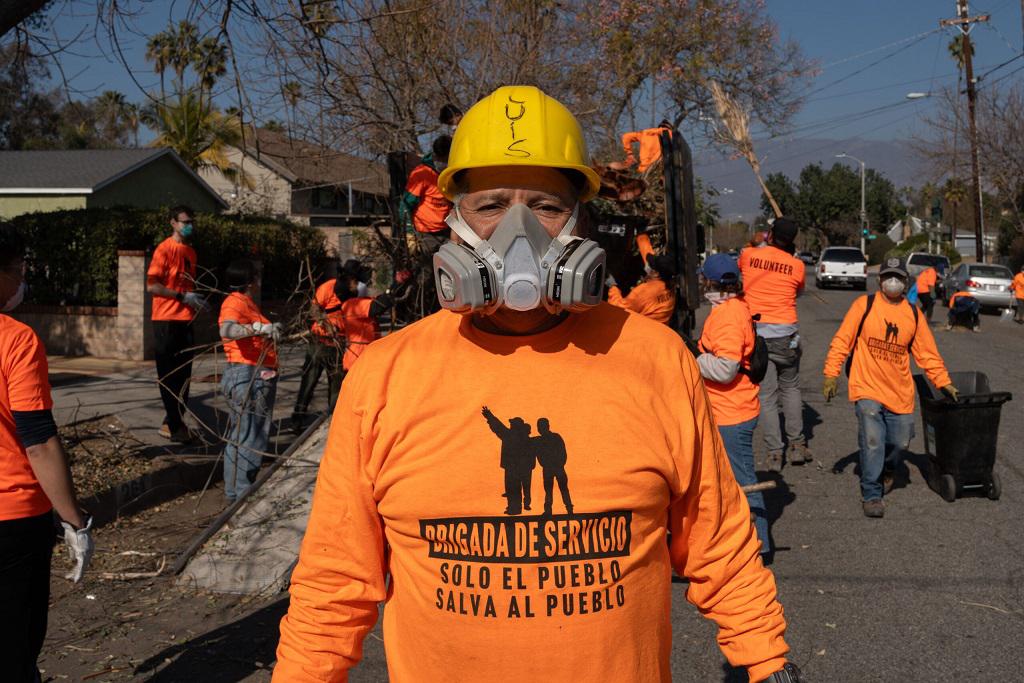Just before Labor Day, I wore a conspicuously large hole through my favorite pair of corduroys. I was repeatedly advised by family and close friends to throw them away, but a twinge of materialistic nostalgia kept them from the trash. While visiting my grandparents over the holiday weekend, I related to them the story of my pants’ demise, and controversy erupted. “I think it’s just disgusting these days. Let me tell you what I saw-I was looking at an ad for school clothes, and the store was selling pants with holes in them! Why would they sell blue jeans with holes already in them?” My grandmother’s surprise resounded with distaste. My grandpa agreed, in a tone usually reserved for denouncing activist judges. “It’s a waste of material. It’s destroying something that was perfectly good in the first place.”Raised in the Great Depression and its aftermath, my grandparents appreciated quality apparel-to keep them covered, warm and even good-looking. But holes were a product of wear, not style. Even then, scrupulously-sewn patches shorn from shirttails or pant hems covered threadbare spots. Purposeful vandalism of unadulterated denim seemed absurd.And yet, “distressed” pants are hardly a new phenomenon. When jeans wore through in the ’60s and ’70s, cutoff shorts emerged. The grunge rock of today’s college students’ childhoods saw intentional ripping of clothes as a sociological statement. Holes in both knees and shredded hems have come to signify a tradition of sentimental erosion. Today’s pre-ripped pants, however, make a statement psychologically deeper than their appearance: They promote reward without adventure. Instead of saying, “I got this tear on the knee when I jumped out of a tree,” we say, “I bought it.” Instead of, “The hems wore off after two years under my heels, as I carried a 20-pound backpack full of books to the elementary school to help kids read,” we say, “I bought it.” Instead of, “That patch is from when my pants humiliatingly split down the middle when I bent over to pick up a fork on the first date with my future spouse,” we say, “I bought it that way.” Wear comes from personal experience. By buying pants with holes already in them, we lie about where we’ve been and what we’ve done. Like a young boy begging for painted scars to impress his friends, we attempt to purchase a past that never happened. It may seem innocuous and it may look cool, but we’ve removed the meaning that links anecdote with experience.Riding in the 1993 Mercury Tracer on the way to buy a new pair of pants to replace my rags, I found myself agreeing with my grandparents. Sure, decorative and strategically placed holes in regions of my clothing-both scandalous and benign-are far from pragmatic. But another, more symbolic side to the torn-trouser dilemma persists. By purchasing character marks our experiences haven’t earned, we vainly attempt to impress others with stories of which we haven’t been a part. By selling the illusion of long-time wear, merchants promote an image with which we brand ourselves, a false history for $40. Impractical and illogical, clothes sold with pre-made holes contribute to the degradation of our collective character.Well, I have a new pair of corduroys, but the old ones are still sitting in my dorm room. The buttonholes are frayed and belt loops are falling off, but I remember wearing them to ballroom dance class and learning to waltz. I remember wearing them while saying goodbye to high school friends in the hallway before physics lab. I remember wearing them while moving the remains of my childhood to college. Maybe I’ll keep them in the closet. Maybe I’ll wait until both legs fall off. Maybe I’ll turn them into a blanket. Whatever I do with them, I’ll know where the bedraggled bits came from.You don’t need to buy stories you can make yourself. Wear down your own pants.
Categories:
Wear Your Own Pants
Sarah Hale
•
September 9, 2005
0
Donate to The University News
$2185
$5000
Contributed
Our Goal
Your donation will support the student journalists of Saint Louis University.
More to Discover









